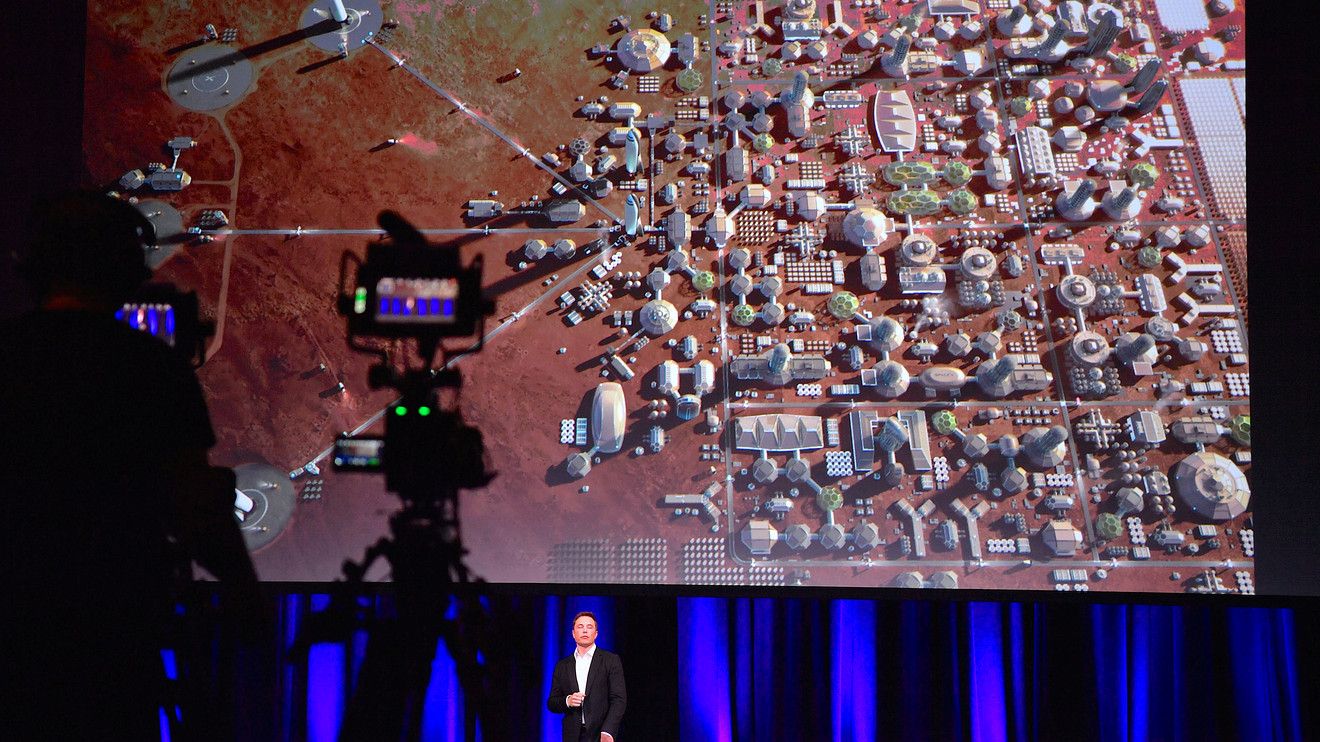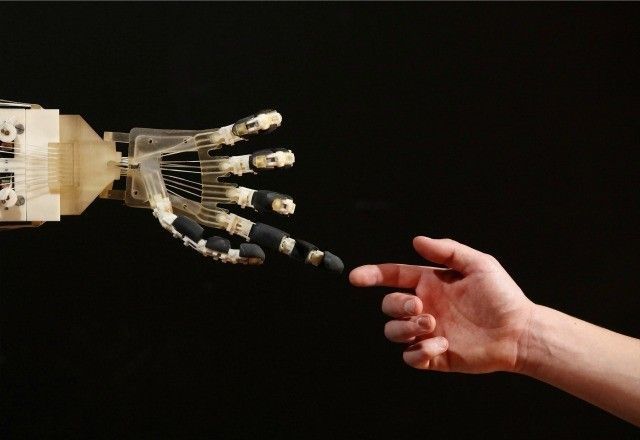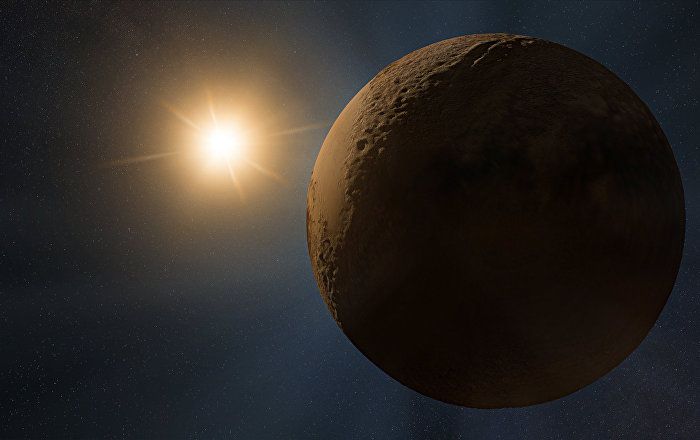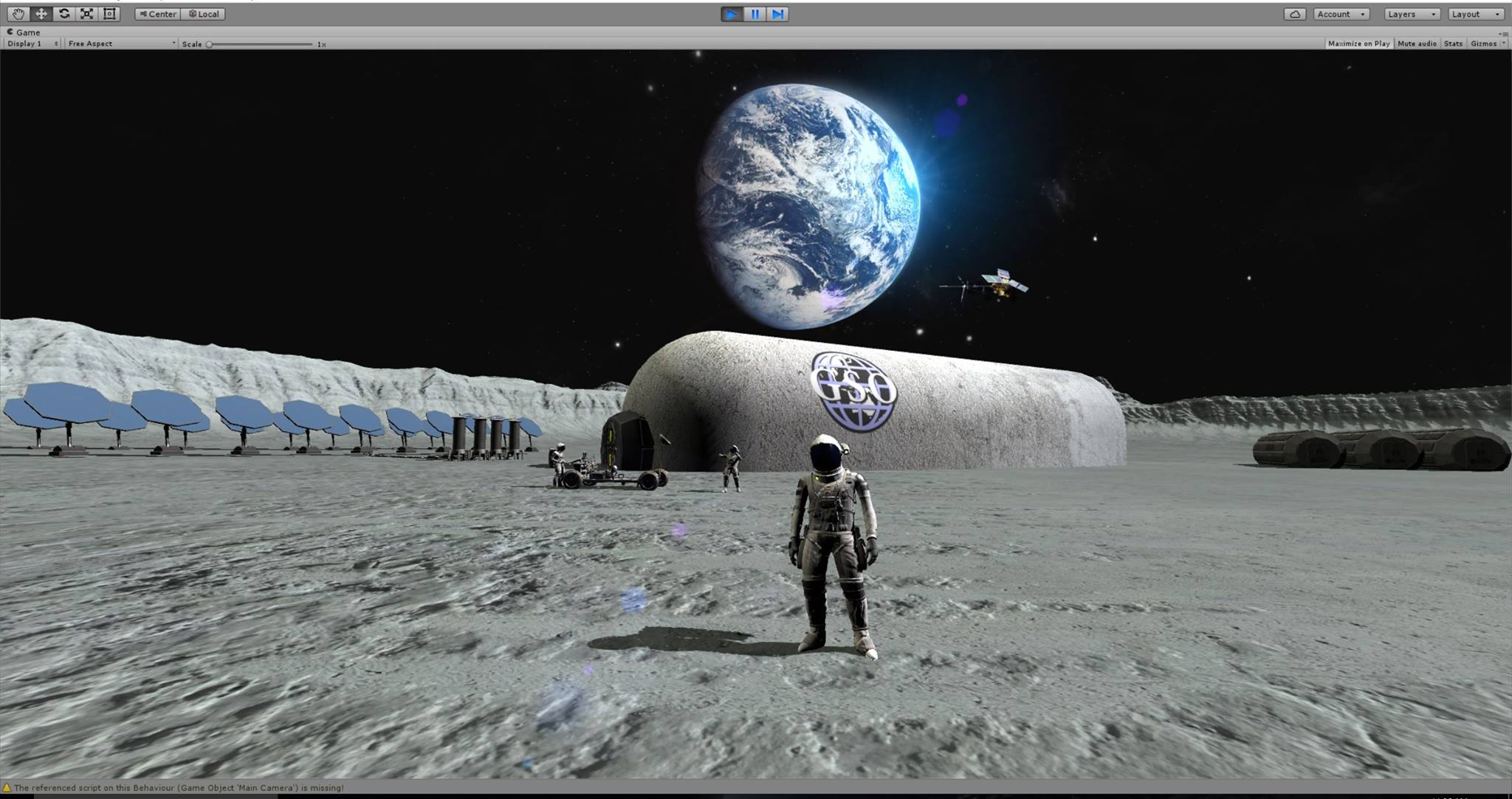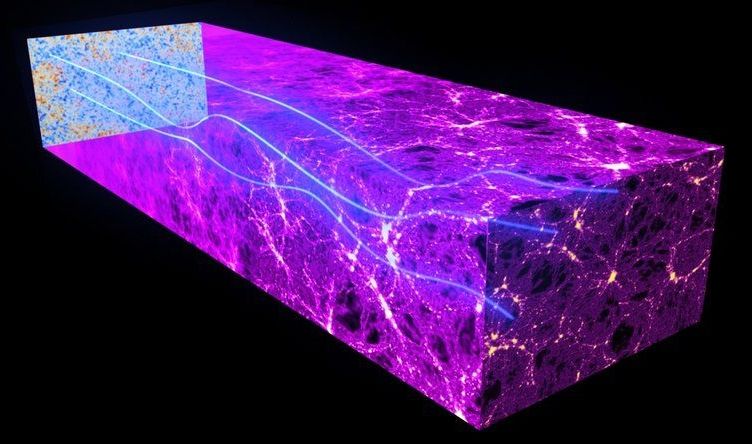Washington (AP) — Seated before the grounded space shuttle Discovery, a constellation of Trump administration officials used soaring rhetoric to vow to send Americans back to the moon and then on to Mars.
After voicing celestial aspirations, top officials moved to what National Intelligence Director Dan Coats called “a dark side” to space policy. Coats, Vice President Mike Pence, other top officials and outside space experts said the United States has to counter and perhaps match potential enemies’ ability to target U.S. satellites.
Pence, several cabinet secretaries and White House advisers gathered in the shadow of the shuttle at the Smithsonian Institution’s Steven F. Udvar-Hazy Center to chart a new path in space — government, commercial and military — for the country. It was the first meeting of the National Space Council, revived after it was disbanded in 1993.

